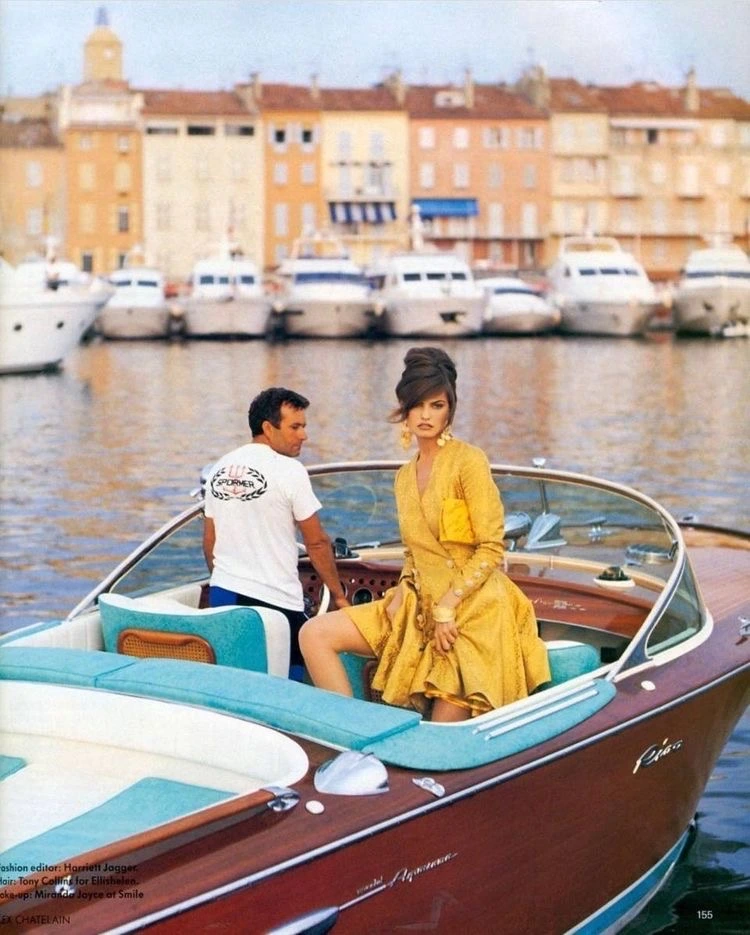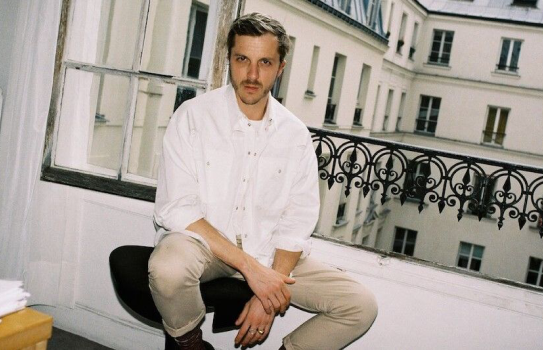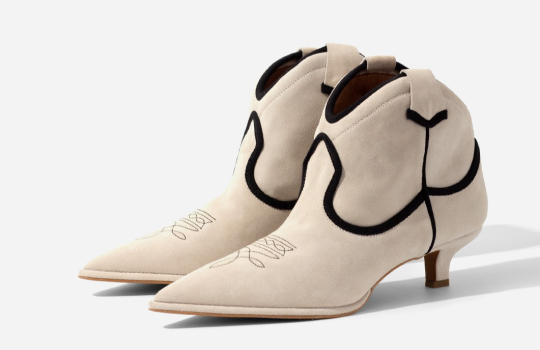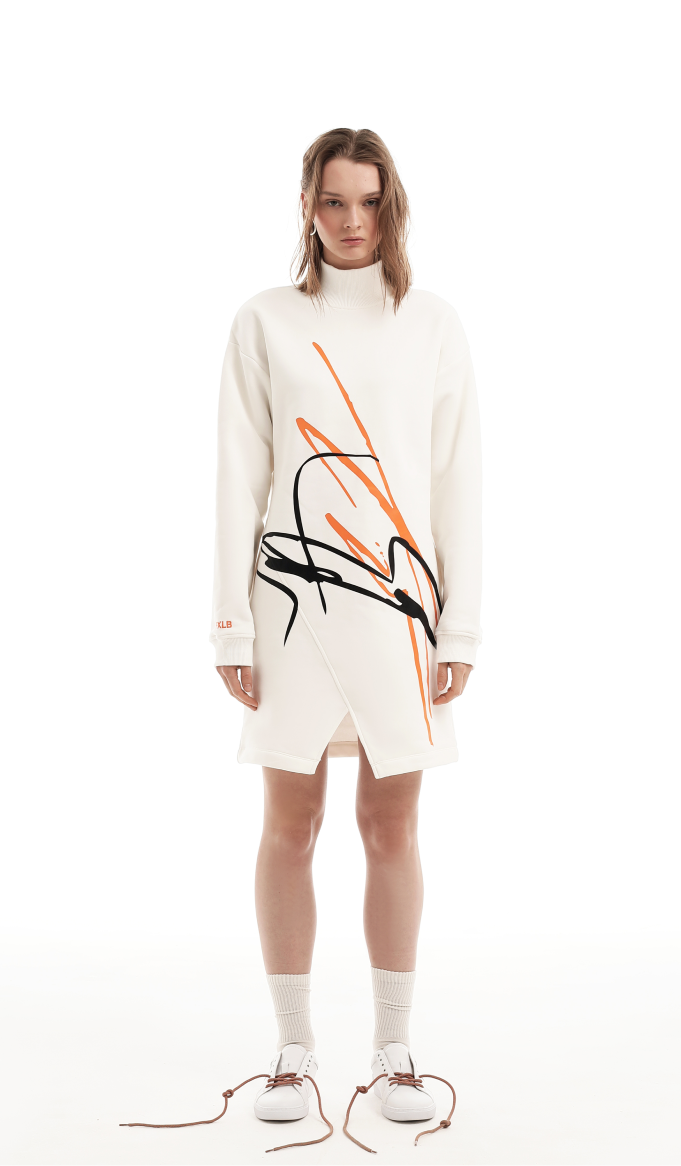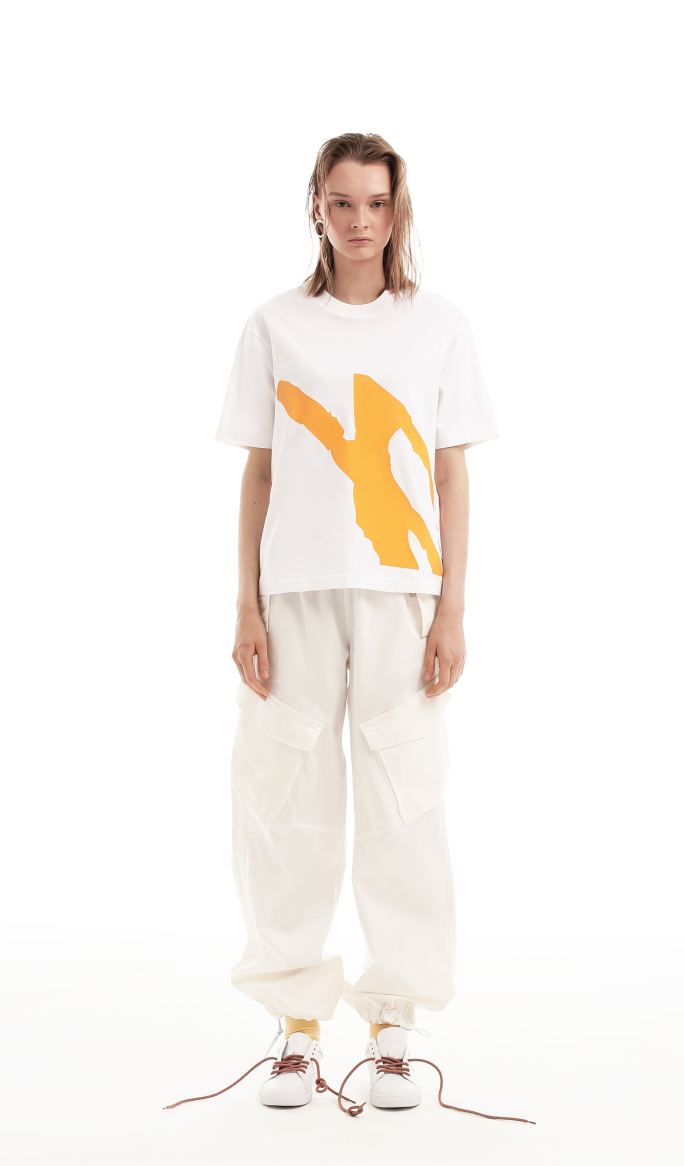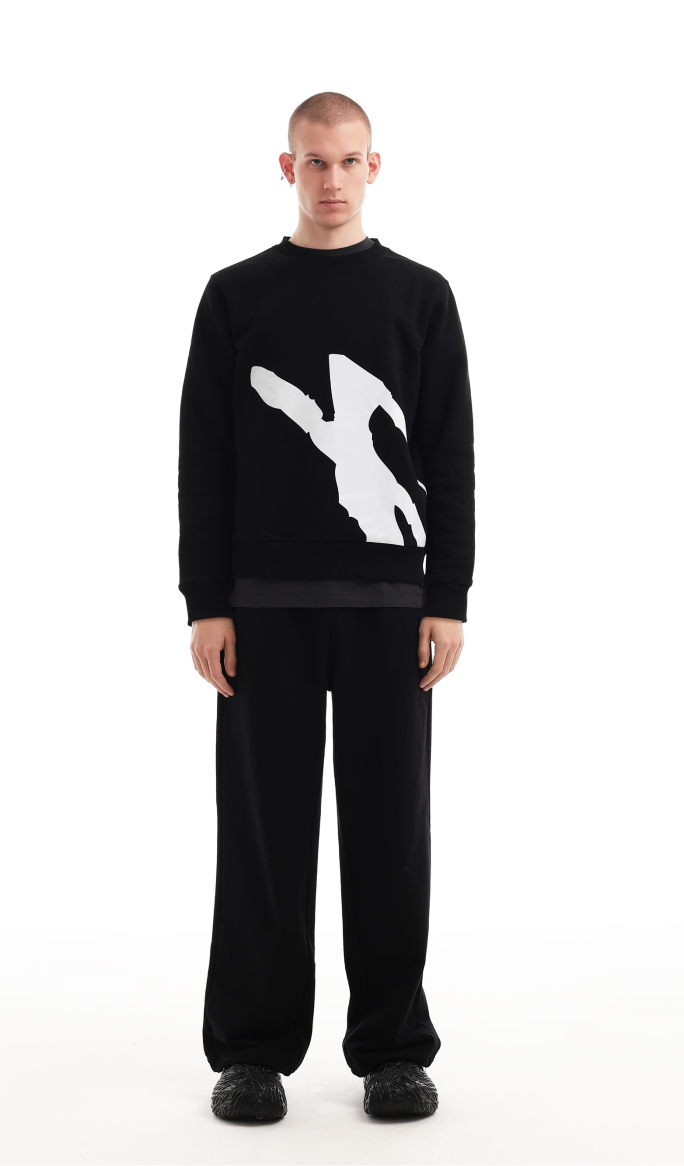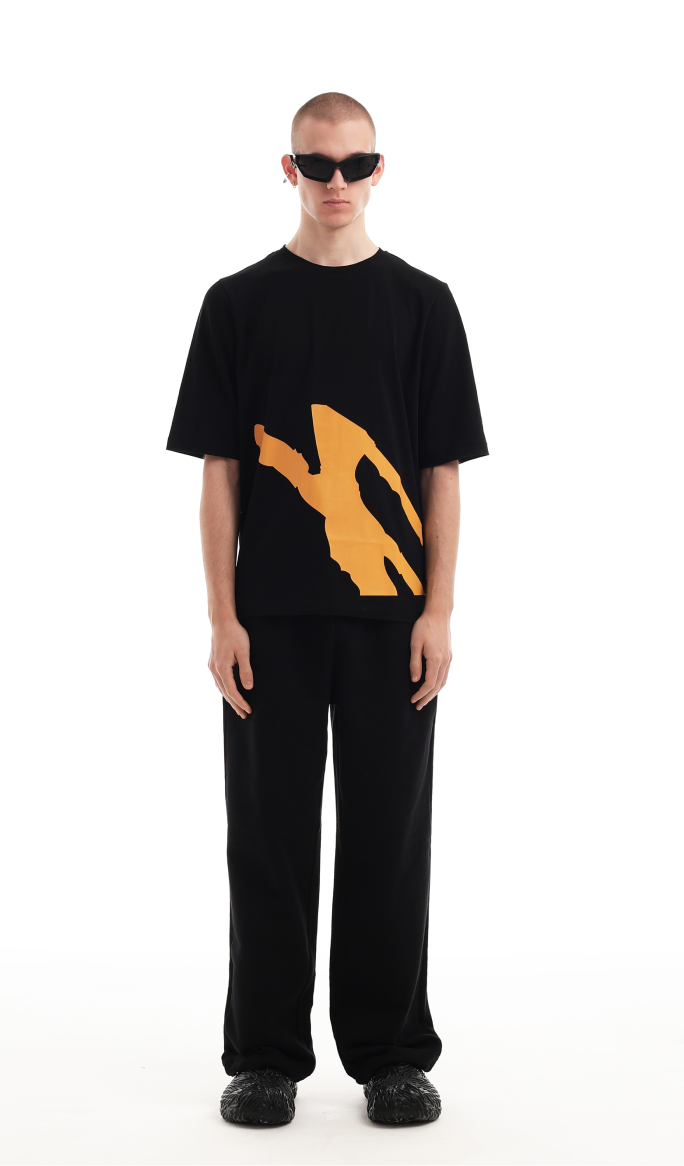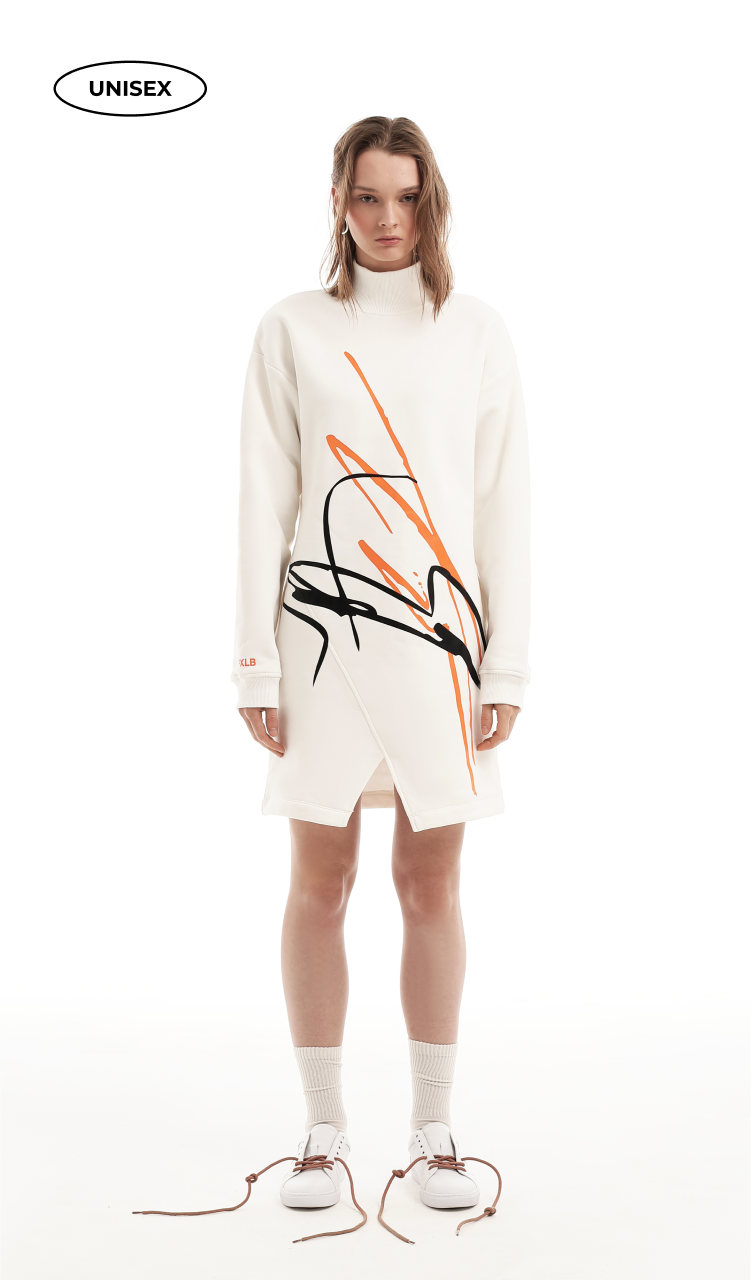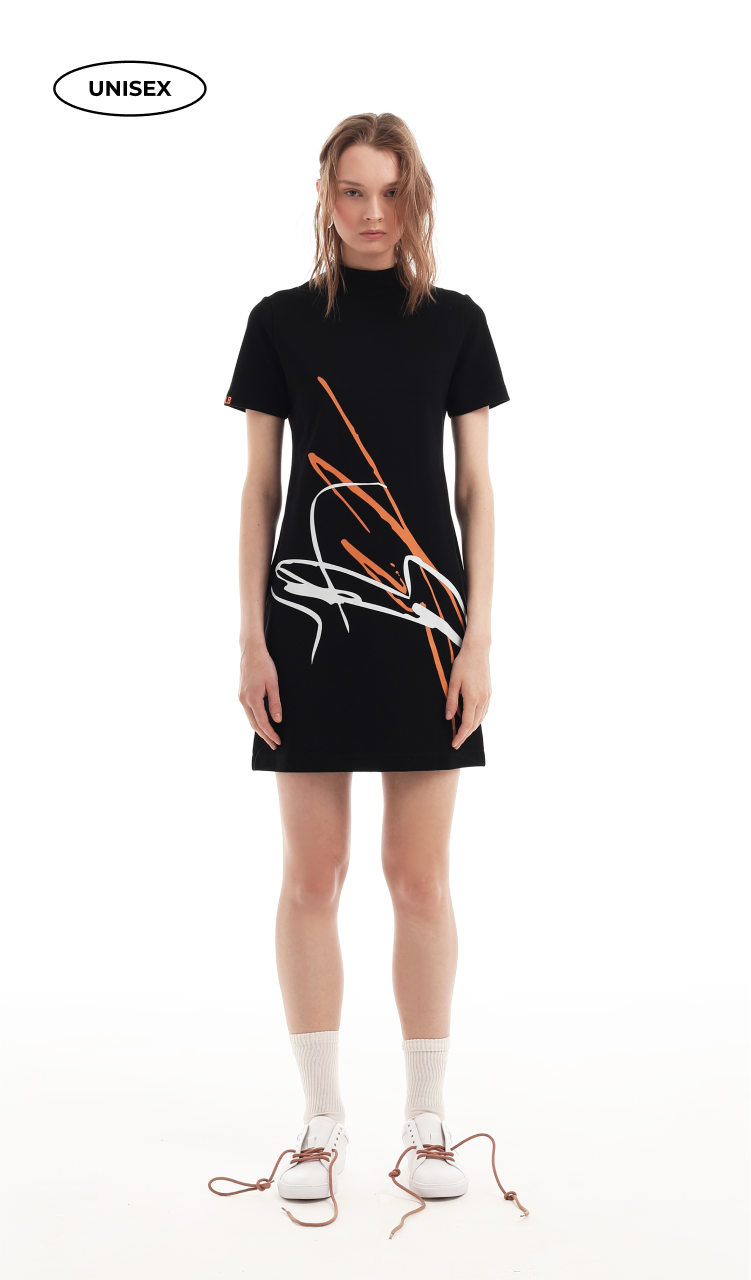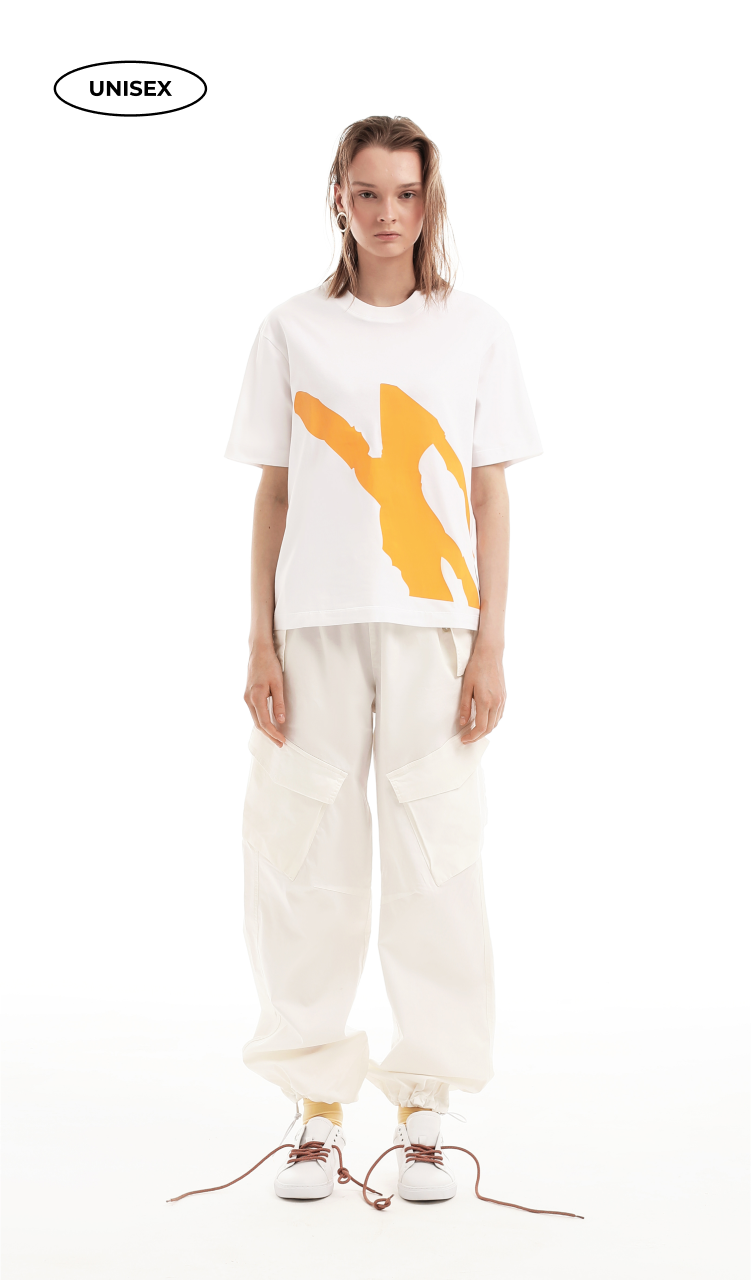Blog

Photo: Alex Chatellain archive
Text: Tatiana Stolyarova
April 07 2023
SHARE THE ARTICLE
He started his photographer career in New York as the assistant to Richard Avedon. He freelanced with Helmut Newton and Guy Bourdin. His best friend used to be Patrick Demarchelier. He collaborated with Anna Wintour before she started to wear Prada and had big breast. The protagonist of our today’s story is the legendary fashion photographer Alex Chatelain. He lived and worked in the time of the boom of fashion photography. The happy period just before the heroin chic ascension. Regular resident of Harper’s Bazaar and Vogue, he unveils the insights of the industry of that brilliant era. The industry which, to his opinion, has changed drastically but where marketing and self-promotion skills have always played important role. Just as hard-working and stepping out of comfort zone.

Let’s start from the very beginning: how did you become a fashion photographer?
My father was the correspondent of the French newspaper Le Figaro in New York. I wanted to become a painter, but after graduation from the art school in California, I was not inspired to be one anymore. I was struggling with the money at that time, and my model girlfriend introduced me to her photographers – that’s how my photographer career started.
So I became an assistant to Avedon and to Hiro (Yasuhiro Wakabayashi) because Hiro used to be an assistant of Avedon. Avedon saw that he had a great talent so he took him under his wing and had his agent represent him. At that time Avedon switched from Harper’s Bazaar to Vogue and Hiro was working for Harper’s Bazaar. They hired me to build a studio for Hiro in the same building so that the editors would not meet, you know. I assisted Hiro allot but I also printed allot for Avedon. Hiro was fantastic because I printed the pictures of the Beatles, of Nureyev, of Sophia Loren, of Maya Plisetskaya. Avedon had Plisetskaya in his studio for one week. And he would always fall in love with his subjects, whether they are male or female. So he was ecstatically in love with her. And she was a great lady, so nice and kind. One Sunday she came to the studio with her tutu, we didn’t take any pictures but she only danced for us the Swan Lake. All the time there were great people coming. So I stayed there for about two years and then I decided that I had enough of that studio because Avedon never changed: his lighting was always the same. His talent was the psychology. For instance when he photographed someone famous he would find out before what music they liked and then they would come on set and out of sudden there would be the person’s favourite music.
That kind of things. So I learnt that from him. Then I worked for few other people. But I started to think of working on my own. I did a few things for friends who were less known and I continued to work freelance for such photographer as Guy Bourdin and Helmut Newton. I was sort of the European photographers’ assistant in New York. At the same time and it’s very very important for me, there was a club, very big called Max’s Kansas City in New York. It was a fantastic place, it’s marked me for the rest of my life. Because all the artists, all the musicians, everybody who was in an art field went there. It was in the mid-1960s. Every night it would be Andy Warhol there.

And then something very important happened. There used to be an art director of Bazaar, his name was Alexey Brodovitch, very famous; he completely changed the job of art direction for magazines. He had such important influence on the business. He was retied, no longer working, but all photographers of that moment like Avedon and Hiro they went to a kind of class (set by Brodovitch). It was happening in Avedon’s studio, they would come and do assignments every week for about two months, so they did beautiful pictures. Avedon wanted to repeat this experience again, with a new art director of Harper’s Bazaar, Marvin Israel. Marvel Israel was a boyfriend of Diane Arbus, who was a great, fantastic photographer, but not a fashion photographer. She is huge, her works are in museums, everywhere.
Anyway, I did this class and I was selected as one of twenty participants, they chose who they thought were the best of those who applied. I was very fortunate. For me it was very important and Marvin was my mentor. We immediately got it on together and we were very close. So I went to Max’s Kansas City almost every night with Marvin and Diane.
That’s how I was built up. Then I went to France and started working in Paris. I did a little bit of assisting. I was aiming to work not less than at Vogue. I was very careful not to work for certain magazines because you get labeled. So, they gave me little jobs (in Vogue) and finally I had two double pages and I was so proud, but it was not really an editorial, it was semi-editorial. But it was paid editorial. So I wrote letters, some taped, some by hand, with different writings and I sent them from all my friends to Vogue saying “Oh, finally a good photographer!”, – and it worked! They gave me more work and that’s how I started to work for the French Vogue. After that I started working for the British Vogue. British Vogue at that time was the best Vogue for sure. Grace Coddington was the editor (early 1970s). I even worked for Anna Wintour, but not in Vogue. She was around seventeen and she was an assistant-editor at Harper’s and Queen in London. She was exactly the same, the same hair cut. The difference was that she had a huge breast and she was very nice then. But later on when I went back to America and worked with her in New York for New York Magazine, we had a fight. She was very nasty. We were working out in Long Island and it was freezinly cold and the models were trembling, so I said: “We gotta stop and gotta have something hot.” And she was like: “No, no, we have to work!”. I have never worked with her again after that. Few years later she was groomed by Alex Liberman who was the head of Vogue US at that time. Before taking on American Vogue she went back to London for about a year. And she said: “There are two photographers I don’t want in British Vogue, Alex Chatelain and Paolo Roversi”. Why? There are things I heard, but I’m not sure if I should believe them, its not very nice. But probably my style of pictures was very smily an happy and at that moment it was the beginning of heroin chic. That was one of the most comfortable reason.
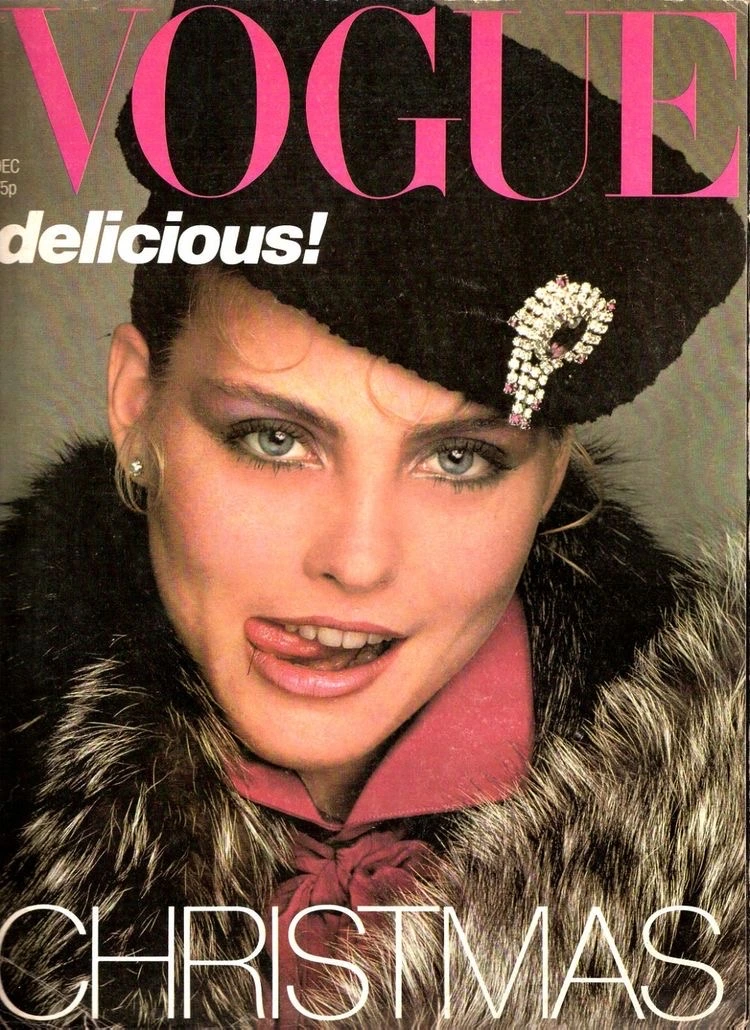
Did every magazine have its own way of collaboration with creatives?
These is no much difference between Vogue and Bazaar, because they are two best. But otherwise, yes, there is a difference. I mean, when you work for Vogue, you work with the best models, best hair-make-up artists and that’s where you make the least money too. Because when you work for Vogue you get paid almost nothing. Photographers were still treated nice at that time. Now it’s not so nice. I hate this business now. I don’t look at the magazines any more.
How were your relationships with your fellow photographers?
With Avedon we have never been friends. One day we were working with him in a studio, we were photographing very famous American classic musician *Virgil Thomson*. Virgil was a great fun of my families (Alex Chatelain is half-Russian/ half-French with his father comes from the Russian royal family). He was a friend of Picasso and all those artists before the WWI in Paris. He was an American in Paris, part of that whole crowd of intelligentsia and art. He was great friend with my mother, he has actually even asked my mother to marry him, although he was gay. He helped us during the war. So I walked into the studio one day, I was up at Hiro above and I walked down to get something. I see Vergil in front of the camera and Avedon taking pictures. Vergil sees me and was like: “Alex!” And he walks off the set. Avedon was like: “What’s going on here?”. He asked him, how comes that he knows his assistant. Avedon was never friendly with anyone, you know. So, he treated his assistants accordingly, he paid us almost nothing. On the other hand, he was very social-conscious, political in a way, calculative. So, coming back to Vergil, he explained that my father was a Russian painter, my mother was an actress, they were great friends and so on. I became Avedon’s pet, out of sudden he became nice to me. I didn’t like that. Once we went to see Balanchine in New York. And he took me with him just because I would speak with Balanchine in Russian. That kind of things. That was Avedon.
I was friend with Guy Bourdin, who was very nice with his assistants. We were close friends with Patrick Demarchelier; our friendship with Patrick was all about the fun we had together. Both of them, they were part of this (French photographers in New York) gang… Hiro was very nice. They were all different, as people are.
COMMENT
LEAVE A COMMENT
Actually, this article could
be in your email
Featured materials from FOXYLAB MAGAZINE
are available in our newsletters.
Subscribe and get a dose of inspiration!
SHARE THE ARTICLE

more articles
Since few seasons we have been assisting the triumphal comeback of denim. Behind this fashion trend there is mainly one man, The Perfect Designer of the Year according to Katie Granthe, Glenn Martens.
This article is about his artistic path, friendship with Andy Warhol, his relationship with Madonna, the tragic addition to the “27 Club” and his current relevance to the NFT.
Stress as a trigger to the emergence of the surrealistic digital collages. Spanish couple co creates art as a way to survive.
New York’s Gilder Center of American Museum of Natural History is now open. Stunning architectural wonders, fresh exhibitions, and immersive encounters…
Step into the world of Kachorovska’s Cherilyn, where unique enhancements combine style and comfort effortlessly…

want to share your story
with the world?
We're open to collaborating with creative and talented individuals like you. Leave us your email below, and let's connect for interviews, articles, and more.
don’t miss!
New drop
FXLB x Edward Acosta
New drop FXLB x Edward Acosta
A thin edge of seduction and the consumerism fetish is thoroughly blurred in Acosta’s art in the use of both light, and dark tones. Bold lines serve as a fashionable juxtaposition of a peaceful dream-like state and a vivid color, representing action and presence in the moment.
Since few seasons we have been assisting the triumphal comeback of denim. Behind this fashion trend there is mainly one man, The Perfect Designer of the Year according to Katie Granthe, Glenn Martens.
This article is about his artistic path, friendship with Andy Warhol, his relationship with Madonna, the tragic addition to the “27 Club” and his current relevance to the NFT.
Stress as a trigger to the emergence of the surrealistic digital collages. Spanish couple co creates art as a way to survive.
New York’s Gilder Center of American Museum of Natural History is now open. Stunning architectural wonders, fresh exhibitions, and immersive encounters…
Step into the world of Kachorovska’s Cherilyn, where unique enhancements combine style and comfort effortlessly…

